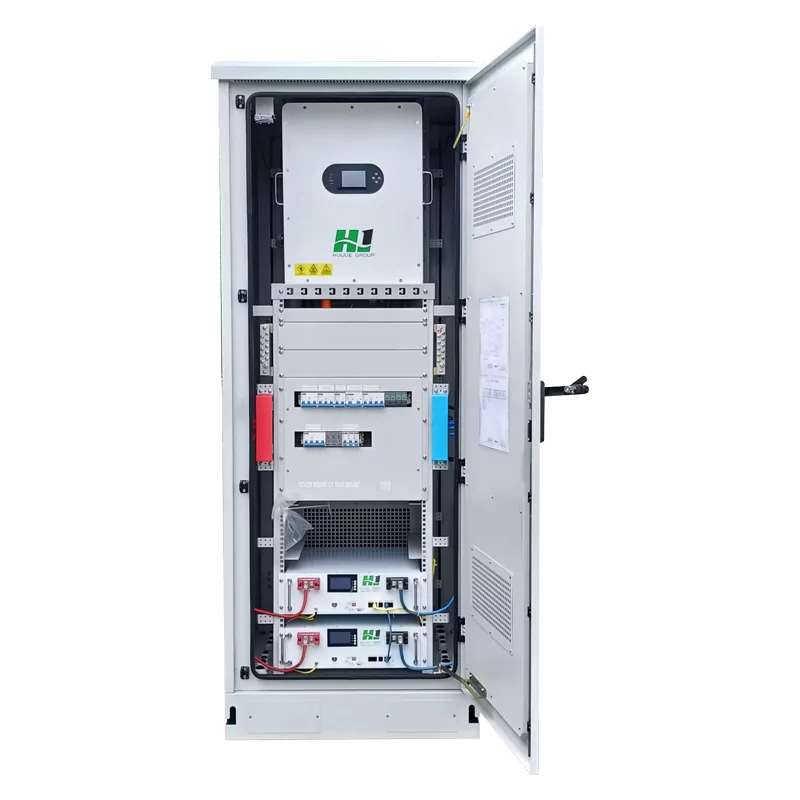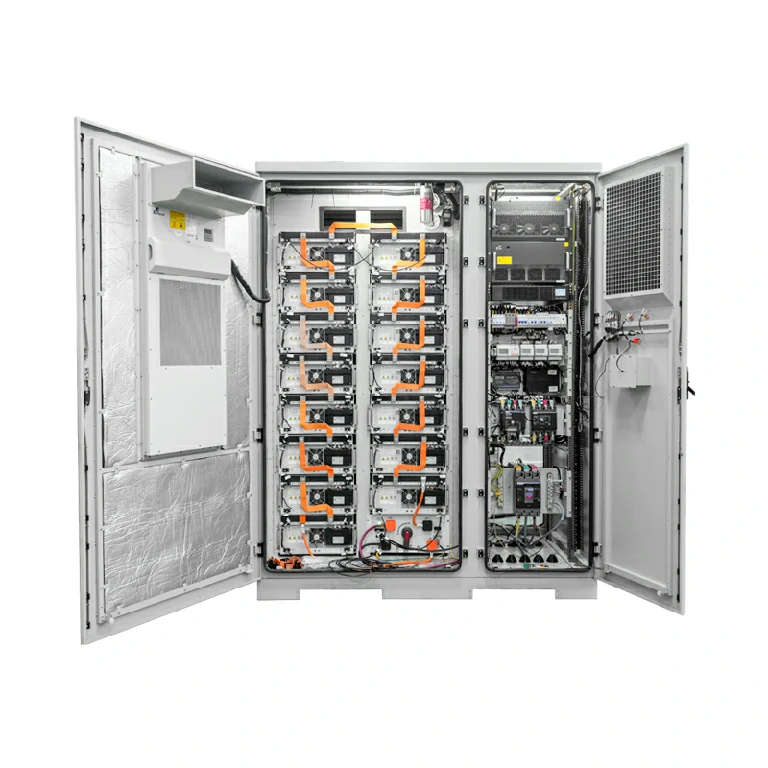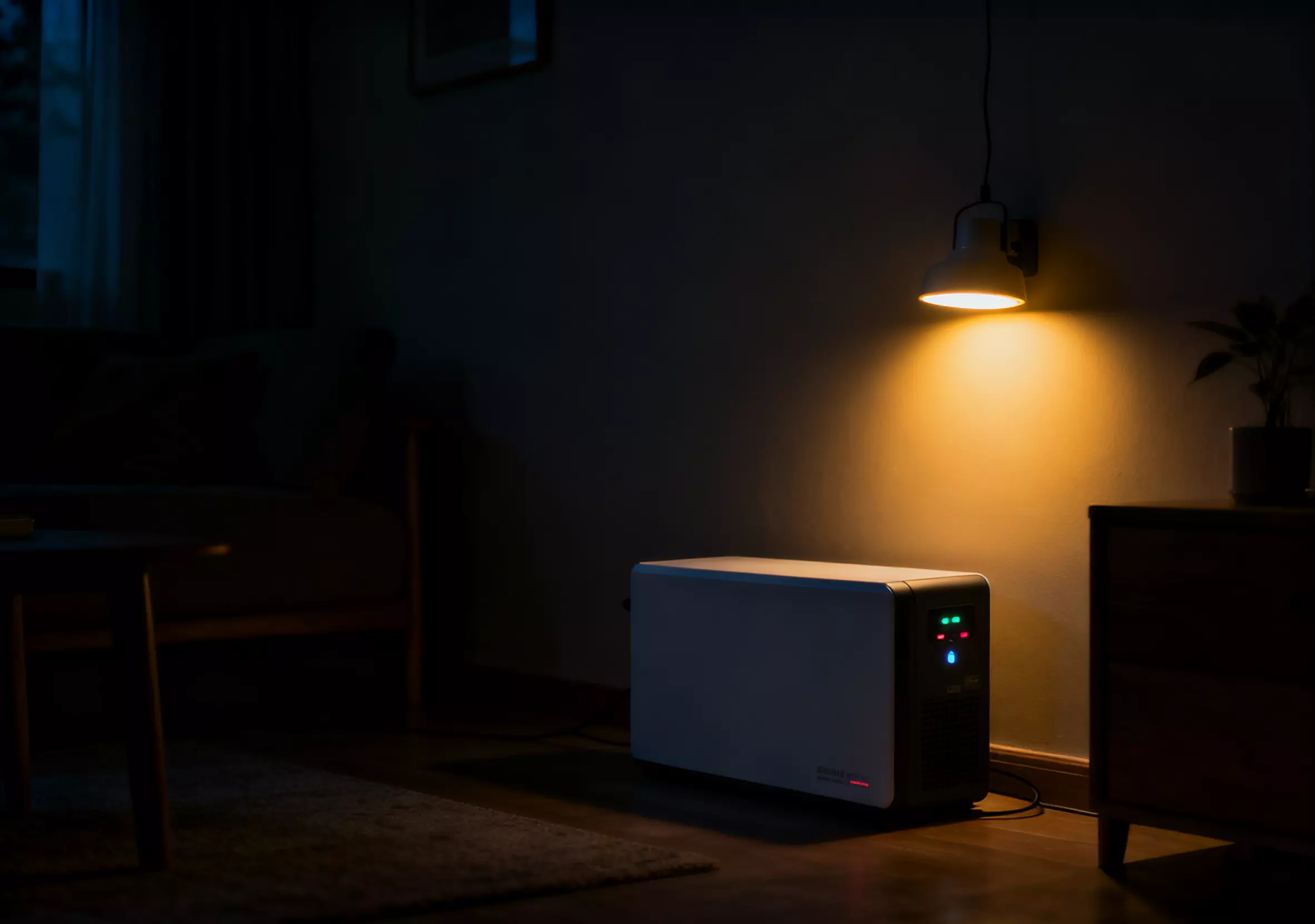If you are managing an energy cabinet, whether a dedicated base station energy cabinet for telecom or an outdoor battery cabinet for stored solar or microgrid use, the question quickly arises: How do I get the most efficient, longest-lasting, reliable system for the money?
After all, the energy cabinet is the heart of your energy storage deployment: batteries, power conversion, monitoring, enclosures all bundled together. If any one piece underperforms, the whole system suffers.
Let’s walk through how to optimize efficiency, durability, and cost-effectiveness of your energy cabinet deployment in everyday language, using real-world cases and practical checks.
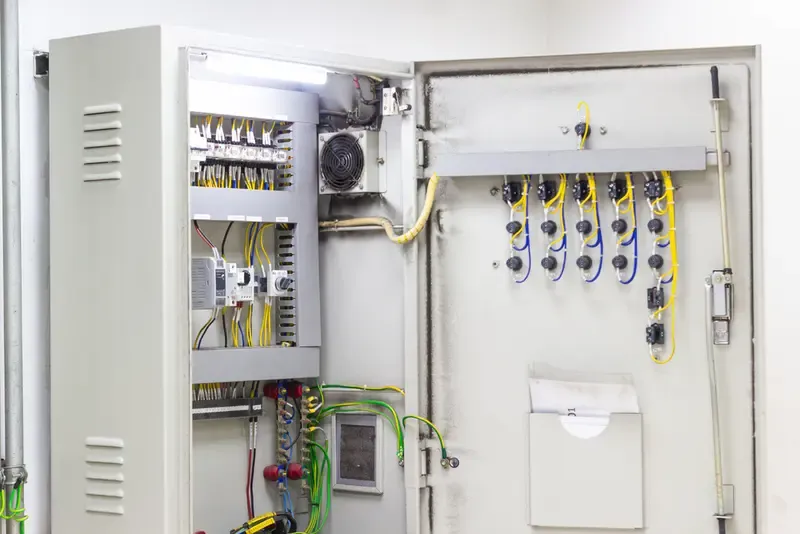
What is an Energy Cabinet?
An energy cabinet is a purpose-built enclosure that houses battery modules, conversion equipment (inverter/PCS), control and monitoring systems, cooling/ventilation, wiring, and enclosures-all configured for the reliable storage of energy to be delivered.
Term comparison:
- Base station energy cabinet: Specifically deployed at a telecom base-station site, it provides backup power, stored energy, and sometimes renewable integration.
- Outdoor battery cabinet:A weather-rated enclosure that is placed outdoors for solar, hybrid, or microgrid energy storage.
- Energy cabinet:The general term covering both, plus other applications.
Understanding these terms helps you tailor strategies. If it is a remote telecom site you might be more focused on compact ruggedness; if it is solar storage outdoors, you might be more concerned about thermal control and weatherproofing.
Why Efficiency in Your Energy Cabinet Matters
- Greater efficiency equates to less wasted energy, fewer losses from heat or conversion, meaning more usable energy and better ROI.
- Higher efficiency and correct sizing prolong the life of batteries and inverters, which are usually the costliest components.
- Reliable performance means fewer outages and less risk of downtime, which is important in telecom or grid-support scenarios.
- As energy storage penetrates more applications, like renewables + storage, microgrids, and telecom backup, the system has to perform well under varied conditions.
Have you ever noticed a visibly warm cabinet or the battery management system flagging high temperatures? These are warnings your system isn’t optimized.
Key Areas to Maximize Efficiency
- Site & Enclosure Conditions
For efficient operation, your cabinet’s physical setting matters big time. If you’re using an outdoor battery cabinet, the ambient temperature, airflow, dust, moisture, and solar exposure all impact efficiency.
Best practices:
- Install in a shaded, ventilated area, or consider installing a shade canopy.
- Ensure the cabinet is properly leveled, well-grounded, sealed against dust/water as required.
- Select an enclosure rated for outdoor use, such as IP55 or better for outdoor cabinets. One study about industrial/commercial storage cabinets designed for high protection levels of IP55/IP67 showed that the consistent control of temperature and structural integrity greatly improved the performance.
- Rugged design and prevention are more important for a base station energy cabinet because the remote site weather and access difficulty.
- System Sizing & Load Matching
Efficiency isn’t just about components, it’s about matching the system to your actual usage pattern. Oversized systems sit idle (capital tied up); undersized systems are stressed.
Key questions:
- What’s your daily load profile? Do you have peak times, backup durations, renewable input?
- How frequently does the battery cycle occur? Do you use it aggressively or just for occasional backup?
- For a base station energy cabinet, you might have a constant minimal load plus occasional heavy draw; for outdoor battery cabinets tied to solar you may have diurnal cycles, peak shift, load-levelling.
Correct sizing helps you maximize lifecycle value; mismatches reduce cycle efficiency and shorten lifespan.
- Thermal Management & Cooling
Heat and cold are the silent enemies of battery life and energy efficiency. Good thermal management directly translates to longer life and higher usable capacity.
Highlights:
- Liquid cooling has outperformed air-cooling significantly in achieving low and uniform cell temperatures, according to a simulation study of an outdoor energy storage battery cabinet at the 200 kWh scale.
- Maintaining internal cabinet temperature within a safe range, typically between 15-30 °C in most lithium-ion systems.
- Make use of airflow, fins, filters, vents, possibly active cooling if your region has high ambient heat.
- Dust and blocked ventilation reduce cooling efficiency and can raise internal temperatures without anyone noticing.
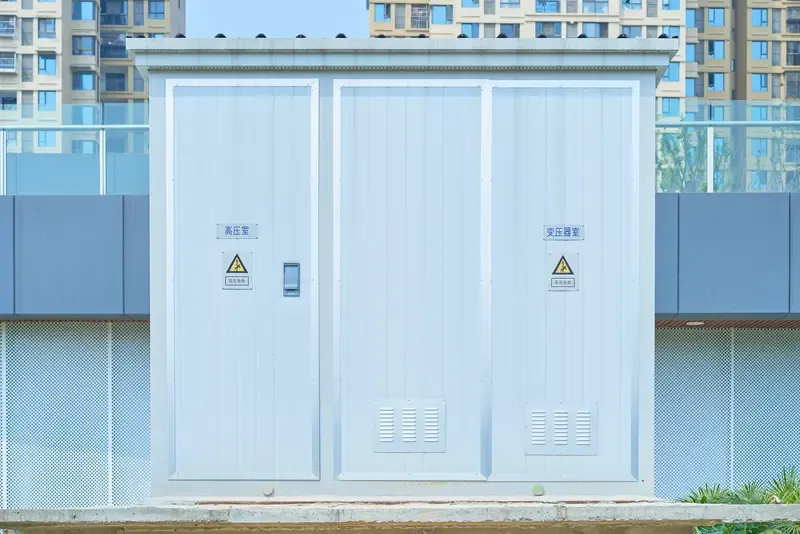
- Monitoring, Controls & Software
Modern energy cabinets are as much digital systems as they are metal boxes. Efficient operation depends upon real-time data and intelligent controls.
What to monitor and control:
- State of charge of batteries, State of Health of cells or modules.
- Temperature sensors in the cabinet and battery modules.
- Inverter/PCS performance: efficiency, harmonics, faults.
- Abnormal condition alerts: high temperatures, unbalanced cells, wiring faults, fan fails.
- Cloud/IoT Monitoring-Remote Access: Many deployments, whether outdoors or in remote areas benefit from monitoring.
In a real case, voltage imbalance and component ageing were revealed in the long-term monitoring of a remote, high-mountain solar-battery system consisting of six battery cabinets with a total of ~72 kWh, which reiterates the importance of monitoring.
When the software provides insight, you are saving money on maintenance, avoiding surprises, and can operate more efficiently.
- Maintainability & Life Expectancy Practice
Your cabinet won’t stay efficient on its own; routine upkeep is key. The good news is that you don’t need any rocket science, just good habits.
Maintenance routine suggestions:
- Monthly: The ventilation paths, cleaning of filters/fans, check for dust, error logs.
- Quarterly: Check wiring connections (tightness, corrosion), inspect battery modules for bulge, discoloration, check BMS firmware.
- Yearly: Battery health trends (cell voltage spread, capacity fade), structural integrity check of outdoor cabinet, review cooling system performance.
- Log all inspections and events: Over time, you’ll build up data that helps you predict failures or plan upgrades.
In my experience, sites with good logging and monitoring seldom experience extended downtimes and also get a longer life from their batteries.
Real-World Cases to Learn From
Case A: Remote Solar Site, Southeast Asia, 2025
A renewable operator upgraded to weatherproofed outdoor battery cabinets designed for high ambient heat and humidity. Following the implementation of better ventilation, solar shading and remote monitoring, they reported an ~18% increase in daily usable energy and significantly fewer maintenance call-outs in monsoon season.
Case B: Telecom Base Station, Taiwan Mountains, 2024
For seven years, researchers tracked a base-station solar+ battery system, consisting of six battery cabinets or about 72 kWh in total. Problems such as cell voltage imbalance and aging components then came into the picture, calling for customized cooling, BMS supervising, and proactive maintenance.
These cases show that whether your cabinet is large-scale or smaller telecom-oriented, the same themes apply: site condition, cooling, monitoring, sizing.
Efficiency Checklist for Your Energy Cabinet
Here’s a checklist you can use on-site or when reviewing a deployment:
- Location: Outdoor cabinet is shaded, ventilated, on level pad, grounded
- Enclosure: Outdoor-rated, sealed for dust/moisture, proper IP protection
- Sizing: Cabinet capacity matches user profile (battery size/inverter rating)
- Thermal: Internal temperatures monitored, cooling strategy in place, filters clean
- Monitoring: BMS/EMS in place, remote access, alerts enabled.
- Maintenance: Routine schedule, logbook maintained, wiring & modules checked.
- Usage: Battery cycling managed-avoid deep discharge where possible, software optimised
- Future-proofing: Cabinet allows expansion or modular upgrade, spare capacity/space
Run this checklist twice a year and you are likely to find problems before they become costly.
Frequently Asked Questions
Can I use an indoor battery cabinet outdoors if I just add weatherproofing?
It’s risky. Outdoor cabinets deal with moisture, condensation, UV, temperature extremes, and dust. Very often, using indoor-rated gear outdoors can compromise efficiency, shorten lifespan, or even cause safety issues.
How much energy loss is caused by temperature imbalance?
It depends, but studies have shown that uneven internal temperatures can significantly reduce available capacity and accelerate breakdown. For instance, one simulation showed that liquid-cooling cabinet design with uniform module temps reduced capacity loss compared to poorly cooled designs.
If you’re exploring ways to upgrade an existing energy cabinet or planning a new deployment, it’s worth looking deeper into system configuration, battery technology, and enclosure options tailored to your environment. You can continue reviewing our practical guides and product insights to compare different outdoor battery cabinet designs and telecom-grade base station solutions, so you can build an efficient, long-lasting system with confidence.


